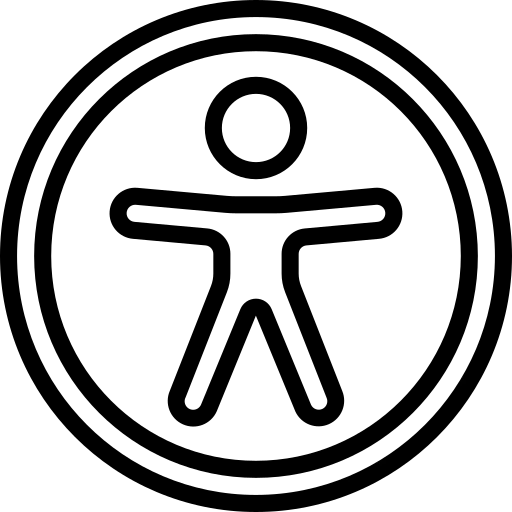Jordan’s Pharmaceutical and Medical Supplies Sector: A $2.2 Billion Strategic Economic Pillar
25/10/2025 | 14:47:41
Amman, Oct. 25 (Petra) - Jordan's pharmaceutical and medical supplies sector has emerged as a crucial strategic asset, boasting a high production capacity valued at 1.6 billion dinars (approximately $2.25 billion) annually, positioning it as a vital safety valve for the Kingdom under all circumstances.
The sector's output is highly diversified, encompassing human and veterinary pharmaceuticals, medical preparations, disinfectants, dental supplies, laboratory reagents, medical devices, multi-use medical materials, and nutritional supplements.
Dr. Fadi Al Atrash, the sector’s representative at the Jordan Chamber of Industry (JCI), emphasized to the Jordan News Agency (Petra) that therapeutic and medical supplies are among the most strategic contributors to the national economy. The sector is characterized by a high degree of specialization and intricate links with various other healthcare and medical supply chains across the Kingdom.
Dr. Al Atrash noted that the sector is both capital and technology-intensive, relying on a specialized workforce that includes chemists, biologists, and highly skilled technicians. Its high-quality output provides a substantial boost to national exports, reflecting its significant economic contribution.
The sector encompasses 151 operational facilities nationwide and is classified as one of the largest economic activities in terms of Value-Added Creation. It is primarily segmented into three sub-sectors: human medicines, veterinary medicines, and medical supplies.
Data indicate that the value-added ratio within the sector stands at 51 percent of its total production. It contributes approximately 3 percent to the national Gross Domestic Product (GDP) and accounts for 11 percent of the total output of the manufacturing industry.
Furthermore, the sector is a significant generator of employment, with a workforce totaling nearly 10,000 employees. Notably, 95 percent of this workforce is local, and women represent 35 percent of the total one of the highest female participation rates among Jordan’s industrial sectors.
The industry demonstrates substantial export capacity and rapid growth. Total exports reached 612 million dinars last year, marking a 15 percent growth rate compared to previous years. Exports continued this trajectory, registering 353 million dinars through the end of July this year, an increase of 7 percent.
Jordan’s therapeutic and medical supplies reach 80 global markets, with the Kingdom’s primary export destinations including Saudi Arabia, Iraq, Algeria, the UAE, and the United States. Collectively, these five nations account for approximately 71 percent of the sector’s total exports.
The Economic Modernization Vision has designated the pharmaceutical industry as a high-value industry within its economic growth agenda. The vision outlines ambitious targets for the next decade, aiming to establish Jordan as a regional hub for pharmaceutical products.
Key targets for 2033 include: increasing exports to over 2.1 billion dinars; achieving a value-added contribution of approximately 1.7 billion dinars; boosting the sector’s workforce to 16,000 employees; and attracting investments totaling about 1.1 billion dinars, to be realized through 11 targeted initiatives.
Dr. Al Atrash also highlighted the crucial role of the Jordan Food and Drug Administration (JFDA) in supporting and modernizing the sector through continuous monitoring and the introduction of contemporary regulations, which have been instrumental in elevating the industry’s standards and development.
//Petra// AA























